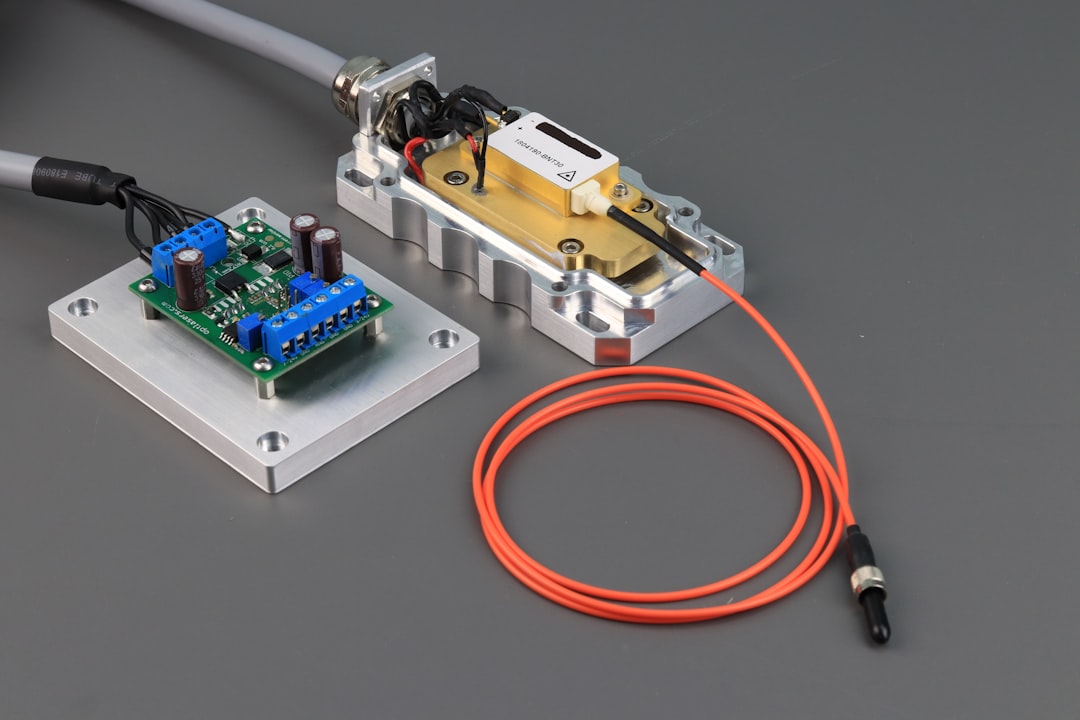Laser hair removal is a popular cosmetic procedure that uses a concentrated beam of light (laser) to remove unwanted hair. The laser emits a light that is absorbed by the pigment (melanin) in the hair. This light energy is converted to heat, which damages the hair follicles, inhibiting future hair growth. The procedure is commonly used to remove hair from the face, legs, arms, underarms, bikini line, and other areas.
The process of laser hair removal involves several sessions, as hair grows in different stages and the laser is most effective on hair that is in the active growth phase. The number of sessions required varies depending on the individual’s hair color, skin type, and the area being treated. It is important to consult with a qualified professional to determine the best treatment plan for your specific needs.
Laser hair removal is a non-invasive procedure that provides long-term reduction in hair growth. While it is not considered a permanent solution, many individuals experience significant hair reduction after completing a series of treatments. It is important to note that results may vary from person to person, and some individuals may require maintenance treatments to sustain the desired level of hair reduction.
Key Takeaways
- Laser hair removal uses concentrated light to target and destroy hair follicles, leading to permanent hair reduction.
- Laser hair removal is generally safe when performed by a qualified professional, but there are potential risks and side effects to consider.
- The effectiveness of laser hair removal varies depending on factors such as hair color, skin type, and the area being treated.
- Factors such as hormonal changes, genetics, and medication can affect the permanence of laser hair removal results.
- Risks and side effects of laser hair removal may include skin irritation, redness, and changes in skin pigmentation.
- Maintenance and follow-up treatments may be necessary to achieve and maintain desired results from laser hair removal.
- When choosing a professional for laser hair removal, it is important to consider their qualifications, experience, and the safety measures in place at their facility.
The Safety of Laser Hair Removal
Laser hair removal is generally considered a safe procedure when performed by a qualified and experienced professional. However, as with any cosmetic treatment, there are potential risks and side effects to consider. It is important to choose a reputable provider who uses FDA-approved laser technology and follows strict safety protocols.
During the initial consultation, the provider will assess your skin type and medical history to determine if you are a suitable candidate for laser hair removal. It is crucial to disclose any medications, skin conditions, or recent sun exposure, as these factors can affect the safety and effectiveness of the treatment.
The most common side effects of laser hair removal include temporary redness, swelling, and mild discomfort in the treated area. These symptoms typically subside within a few hours to a few days. In rare cases, more serious side effects such as burns, blisters, or changes in skin pigmentation may occur. To minimize the risk of complications, it is essential to follow the pre- and post-treatment guidelines provided by your provider.
The Effectiveness of Laser Hair Removal
Laser hair removal is known for its effectiveness in reducing unwanted hair growth. The procedure targets the hair follicles, leading to a gradual decrease in hair density and thickness over time. Many individuals experience long-lasting results after completing a series of treatments.
The effectiveness of laser hair removal can vary depending on several factors, including the individual’s skin type, hair color, and hormonal imbalances. Dark, coarse hair responds best to laser treatment, while lighter hair may require more sessions to achieve optimal results. Additionally, individuals with darker skin tones may be at a higher risk of pigmentation changes and should seek out a provider with experience in treating diverse skin types.
It is important to have realistic expectations when undergoing laser hair removal. While the procedure can significantly reduce hair growth, it may not result in complete hair removal. Some individuals may require maintenance treatments to target any remaining hairs or new growth that occurs over time.
Factors Affecting the Permanence of Laser Hair Removal
| Factors | Impact |
|---|---|
| Skin color | Dark skin may require special laser types |
| Hair color | Darker hair responds better to laser treatment |
| Hormones | Hormonal changes can affect hair growth |
| Treatment area | Different areas may have different results |
| Number of treatments | Multiple sessions may be needed for permanent results |
Several factors can influence the permanence of laser hair removal. The most significant factor is the individual’s hair growth cycle. Hair grows in three stages: anagen (active growth), catagen (transitional), and telogen (resting). Laser hair removal is most effective on hairs in the anagen phase, as this is when the hair follicle is most responsive to treatment.
Other factors that can affect the permanence of laser hair removal include hormonal imbalances, genetics, and certain medications. Hormonal changes, such as those experienced during pregnancy or menopause, can stimulate new hair growth and impact the results of laser treatment. Additionally, individuals with a family history of excessive hair growth may require more frequent maintenance sessions to manage regrowth.
It is important to follow the recommended treatment schedule and attend all scheduled sessions to maximize the effectiveness of laser hair removal. Consistency is key in achieving long-term reduction in hair growth and minimizing the need for ongoing maintenance treatments.
Risks and Side Effects of Laser Hair Removal
While laser hair removal is generally safe, there are potential risks and side effects to be aware of. The most common side effects include temporary redness, swelling, and mild discomfort in the treated area. These symptoms typically subside within a few hours to a few days and can be managed with cold compresses and over-the-counter pain relievers.
In rare cases, more serious side effects such as burns, blisters, or changes in skin pigmentation may occur. Individuals with darker skin tones are at a higher risk of experiencing pigmentation changes and should seek out a provider with experience in treating diverse skin types.
To minimize the risk of complications, it is essential to choose a qualified professional who uses FDA-approved laser technology and follows strict safety protocols. It is also important to follow the pre- and post-treatment guidelines provided by your provider to reduce the likelihood of adverse reactions.
Maintenance and Follow-Up Treatments

While laser hair removal can provide long-term reduction in hair growth, some individuals may require maintenance treatments to sustain the desired results. The need for maintenance sessions can vary depending on factors such as hormonal changes, genetics, and individual response to treatment.
It is important to follow the recommended treatment schedule and attend all scheduled sessions to maximize the effectiveness of laser hair removal. Consistency is key in achieving long-term reduction in hair growth and minimizing the need for ongoing maintenance treatments.
During maintenance sessions, the provider will target any remaining hairs or new growth that has occurred since the last treatment. These sessions are typically less frequent than initial treatments and are tailored to each individual’s specific needs. By staying consistent with maintenance treatments, individuals can enjoy long-lasting results and minimize the need for frequent touch-ups.
Choosing a Qualified Professional for Laser Hair Removal
When considering laser hair removal, it is crucial to choose a qualified professional who has experience in performing the procedure. The provider should be licensed and trained in using laser technology for cosmetic treatments. It is also important to research the provider’s reputation and read reviews from previous clients to ensure they have a track record of delivering safe and effective results.
During the initial consultation, the provider should assess your skin type and medical history to determine if you are a suitable candidate for laser hair removal. They should also discuss the expected outcomes, potential risks, and any pre- and post-treatment guidelines to ensure you are well-informed before proceeding with the procedure.
It is recommended to schedule consultations with multiple providers to compare their expertise, treatment approach, and pricing options. By choosing a qualified professional who prioritizes safety and delivers personalized treatment plans, you can feel confident in achieving optimal results with laser hair removal.
If you’re considering laser hair removal, you may be wondering about its safety and effectiveness. According to a recent article on inlaserhairremoval.com, laser hair removal can be a safe and effective method for achieving long-term hair reduction. The article discusses the benefits of laser hair removal for shaping your beard and provides insights into the safety aspects of the procedure. If you’re curious about the permanence and safety of laser hair removal, this article is a valuable resource to explore.
FAQs
What is laser hair removal?
Laser hair removal is a cosmetic procedure that uses a concentrated beam of light (laser) to remove unwanted hair. The laser targets the pigment in the hair follicles, damaging them and inhibiting future hair growth.
Is laser hair removal permanent?
Laser hair removal can lead to long-term hair reduction, but it is not always permanent. Some people may experience regrowth of hair after treatment, although it is often finer and lighter in color. Multiple sessions are usually required to achieve the best results.
Is laser hair removal safe?
When performed by a qualified and experienced professional, laser hair removal is generally considered safe. However, there are potential risks and side effects, including skin irritation, redness, and changes in skin pigmentation. It is important to follow pre- and post-treatment care instructions to minimize these risks.






